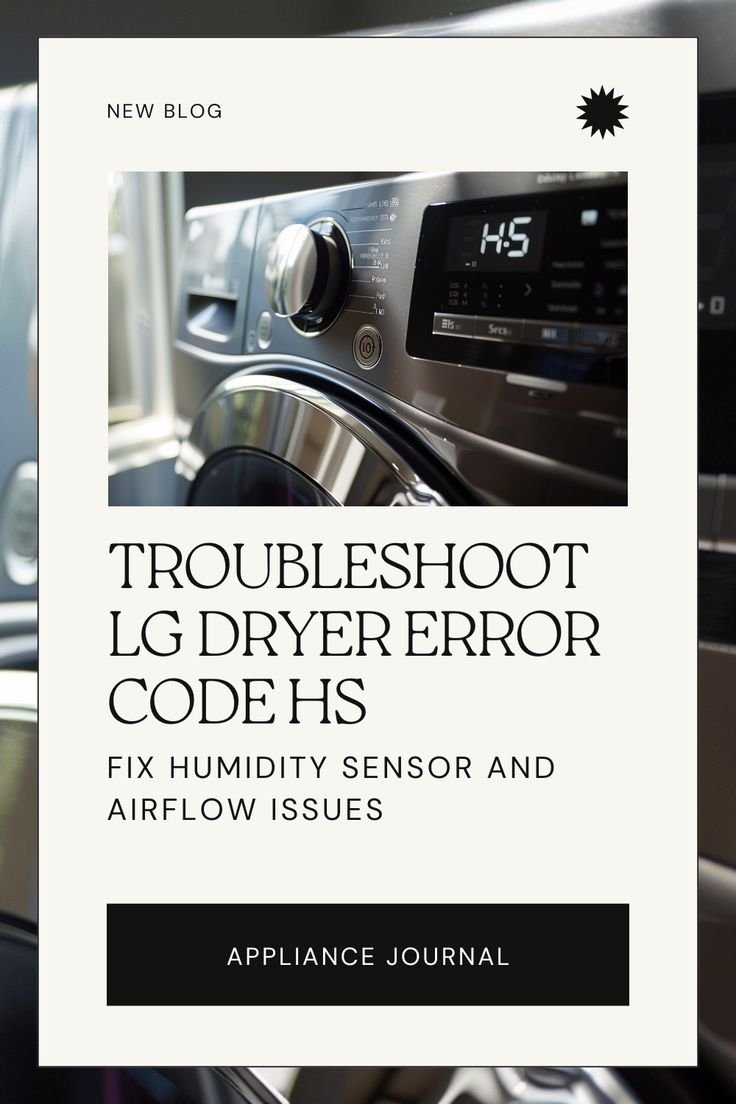Air purifiers help keep our homes clean. They remove dust, pollen, and other pollutants. Many air purifiers come with a humidity sensor. This sensor helps control the moisture level in the air. But sometimes, these sensors can have issues. Let’s learn more about these problems and how to fix them.
What Is a Humidity Sensor?
A humidity sensor measures the amount of moisture in the air. It gives readings in percentage. Ideal indoor humidity levels are between 30% and 50%. Too much moisture can cause mold and mildew. Too little can make the air dry and uncomfortable.
How Does a Humidity Sensor Work?
Humidity sensors use electrical signals to detect moisture. These sensors convert the moisture level into a digital reading. The air purifier then adjusts its settings based on this reading. This helps maintain a balanced indoor environment.
Common Humidity Sensor Issues
Sometimes, humidity sensors can malfunction. Here are some common issues:
- Inaccurate Readings: The sensor may show incorrect moisture levels.
- Sensor Not Responding: The sensor may stop working altogether.
- Delayed Response: The sensor may take too long to update readings.
Causes of Humidity Sensor Problems
Several factors can cause humidity sensor issues. Here are some common causes:
- Dust and Dirt: Dirt can block the sensor, leading to inaccurate readings.
- Electrical Interference: Nearby electronic devices can affect the sensor.
- Temperature Changes: Sudden changes in temperature can impact sensor performance.

Credit: www.amazon.com
How to Fix Humidity Sensor Issues
Fixing humidity sensor issues is possible. Follow these steps to troubleshoot and fix the problems:
1. Clean The Sensor
Dust and dirt can block the sensor. Use a soft cloth to clean it. Make sure the air purifier is off before cleaning. Be gentle to avoid damaging the sensor.
2. Check For Electrical Interference
Move the air purifier away from other electronic devices. This can help reduce interference. Place it in a spot with fewer electronic gadgets around.
3. Monitor Temperature Changes
Keep the air purifier in a stable environment. Avoid placing it near windows or doors. Sudden temperature changes can affect the sensor.
4. Reset The Air Purifier
Sometimes, a reset can fix sensor issues. Turn off the air purifier and unplug it. Wait for a few minutes, then plug it back in and turn it on.
5. Replace The Sensor
If the sensor still doesn’t work, it may need replacement. Check the user manual for instructions. You may need to contact the manufacturer for a new sensor.
Preventing Future Humidity Sensor Issues
Regular maintenance can prevent sensor problems. Here are some tips:
- Clean the Air Purifier: Clean the purifier and sensor regularly.
- Check for Dust: Keep the area around the purifier dust-free.
- Monitor Humidity Levels: Use a separate hygrometer to cross-check readings.
When to Seek Professional Help
Sometimes, fixing the sensor yourself may not work. If the problem persists, seek professional help. Contact the manufacturer or a technician. They can diagnose and fix the issue.

Credit: www.doityourself.com
Frequently Asked Questions
Why Is My Air Purifier Humidity Sensor Not Working?
The sensor may be dirty, obstructed, or malfunctioning. Clean or replace it to restore functionality.
How To Reset Air Purifier Humidity Sensor?
Refer to your air purifier’s manual. Usually, resetting involves pressing a specific button or sequence of buttons.
Can Humidity Affect Air Purifier Performance?
Yes, high humidity can reduce filter efficiency. Ensure your environment has optimal humidity levels for best performance.
Do All Air Purifiers Have Humidity Sensors?
Not all models include humidity sensors. Check the specifications of your air purifier to confirm.
What Maintenance Does A Humidity Sensor Need?
Regular cleaning and occasional calibration are necessary. Follow the manufacturer’s guidelines for proper maintenance.
Conclusion
Humidity sensors in air purifiers are crucial. They help maintain a comfortable indoor environment. But these sensors can face issues. Inaccurate readings, sensor not responding, and delayed response are common problems. Dust, electrical interference, and temperature changes are usual causes. Cleaning the sensor, checking for interference, and monitoring temperature can help. Resetting the air purifier or replacing the sensor may be necessary. Regular maintenance can prevent future issues. If problems persist, seek professional help. Keep your air purifier in top condition for clean, comfortable air.
Rakib Sarwar is a Registered Pharmacist and a reputed health and wellness blogger. He has a great interest in Air purifiers.
